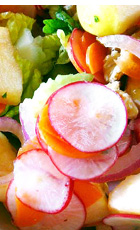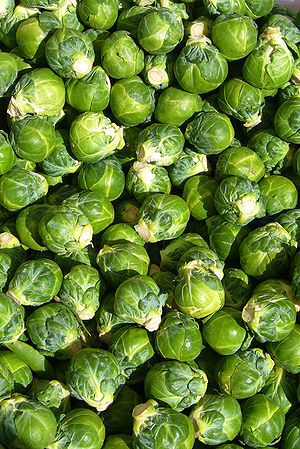If you want to use perfume without all the harmful chemicals we discussed on Monday, making your own is a great way to smell great, and also reap the benefits of various essential oils. Essential oils have been used for centuries to remedy a variety of ailments both physical and emotional. Some, like peppermint oil are great for digestion while others like grapefruit are known for their fat burning properties. However, the most common use for essential oils is to help induce a state of relaxation or calming, which is great when it comes to perfume - not only can you smell good, but your perfume may even help you relieve stress!
Here are 4 essential calming oils and how to use them.
Rose Oil
Rose oil has several uses including being used as an antidepressant, anti-wrinkle, to treat chronic bronchitis and asthma and to help improve sexual potency. It’s also used to induce calming and relaxation. And is said to be able to heal emotions and trauma by bringing warmth to the heart and soul.
It’s often blended with other calming oils to produce an all encompassing calming effect and blends well with Patchouli, Cedarwood Oil, Bergamot, Sandalwood, Chamomile, and Ylang-Ylang. You can place it in a lotion and apply directly to your skin. You can place rose oil in massage oils or bath products. You can also place in a diffuser and enjoy the scent in a room that you find calming. Say your bathroom, bedroom or study.
Lavender Oil
Lavender oil may be the most common essential oil using for relaxation. You can find it in the grocery store isles in lotions, bath gels, shampoo and even candles. Lavender is everywhere. In addition to being wonderful for relaxing and calming, lavender oil can be uses as an analgesic, diuretic, styptic, rheumatism, muscle pain, depression, headaches, hypertension, insomnia, stress and skin diseases.
Like Rose Oil, you can combine it in a number of personal care products including perfume, put a few drops in your bathtub, or place it in a diffuser and enjoy it throughout your home.
Jasmine Oil
Jasmine has a most recognizable fragrance and is commonly used as an aphrodisiac, to treat headaches, for fatigue, to soothe coughs, to improve and tone skin and to calm menstrual issues. Jasmine is also tremendous oil for calming.
While jasmine oil is more expensive than just about any other essential oil, it is very powerful oil. To use you can blend into personal care products like bath gels, massage oils and lotions or you can place a few drops of jasmine oil in a vaporizer and let it permeate your home.
Jasmine oil blends well with Bergamot, Rose, Sandalwood and Citrus oils.
|
|
| English: Glass vial containing Roman Chamomile (Anthemis nobilis) Essential Oil (Photo credit: Wikipedia) |
Chamomile Oil
Chamomile oil, both Roman and German, are wonderful for their calming and relaxing properties. They also help with treating PMS and other menstrual and menopausal problems and to heal and regenerate tissue.
Many practitioners recommend using Chamomile to treat irritable children and colicky infants. To use, blend in massage oil, place a few drops in the bath, blend into lotions and creams and place a few drops in a vaporizer or diffuser.
To create a powerful relaxing effect you can blend Chamomile with jasmine, lavender or rose oil.
Essential oils have many wonderful properties. By combining a few of these, you can create your own signature scent which leaves you feeling happy, calm and peaceful - and without putting a whole bunch of nasty chemicals on your skin. You can also use them in diffusers in your home, to make your whole house smell and feel good. Try making a few of your own signature scents using these calming oils, and feel free to share your favorite recipe below!




















